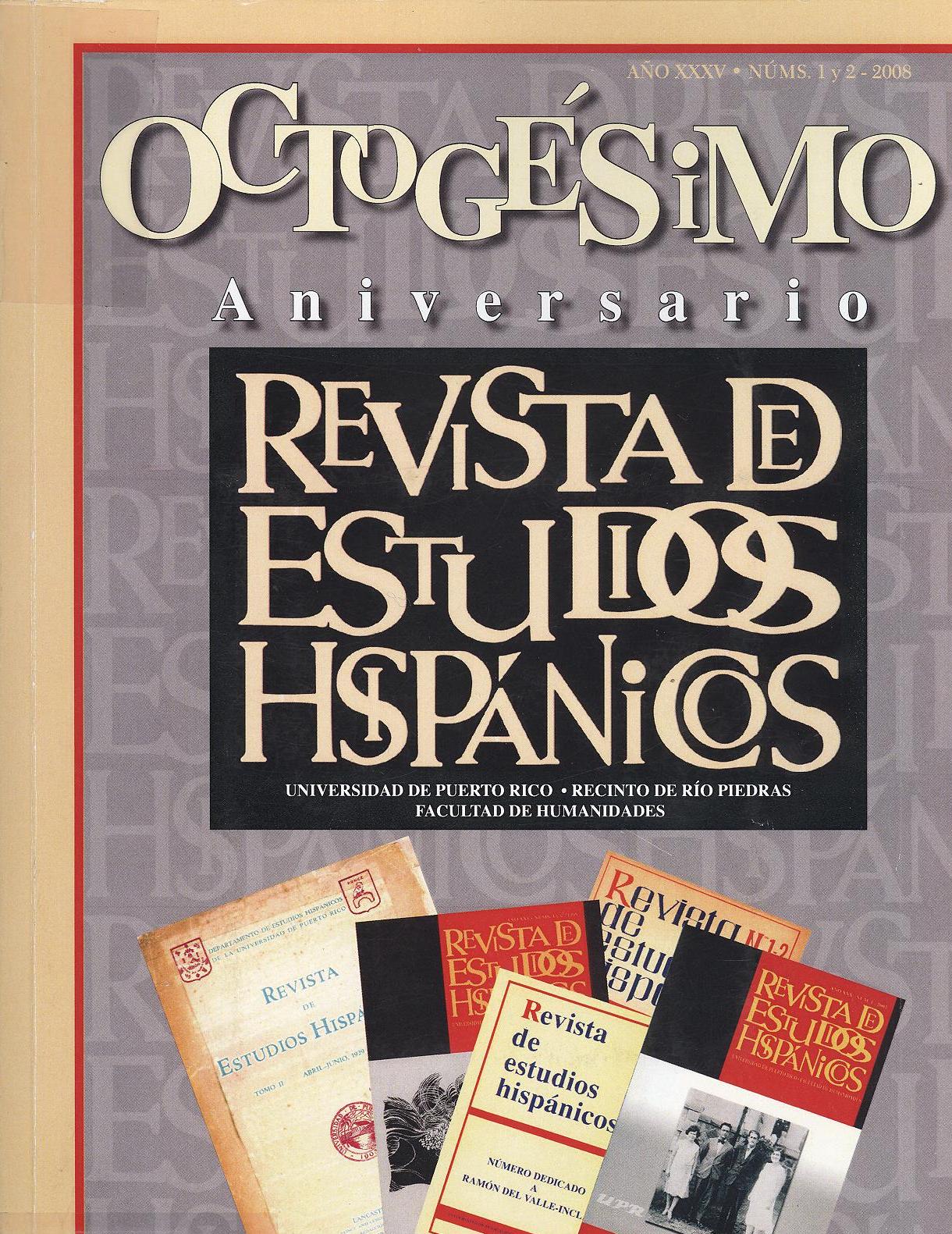Abstract
In 1910, Horacia Quiroga published El hombre artificial (The Artificial Man), a periodical novel in which three scientists use their different areas of expertise to create a new man. Through these characters, Quiroga develops the Greek myth of Prometheus. Although this myth has been used throughout history in other novels, poems and plays, Quiroga's new myth offers a new glimpse into Prometheus, incorporating culturally varied mythological elements. This novel is an example of mythopoesis, which Harry Slochower defines as a reaction to crisis. However, El hombre articifial is the first novel in which the main characters become the vessels through which Hindi mythological characteristics are added to the Greek myth. This synthesis of myths acts as an example of Carl Jung's collective unconscious.This work is licensed under a Creative Commons Attribution-NonCommercial 4.0 International License.
Downloads
Download data is not yet available.

